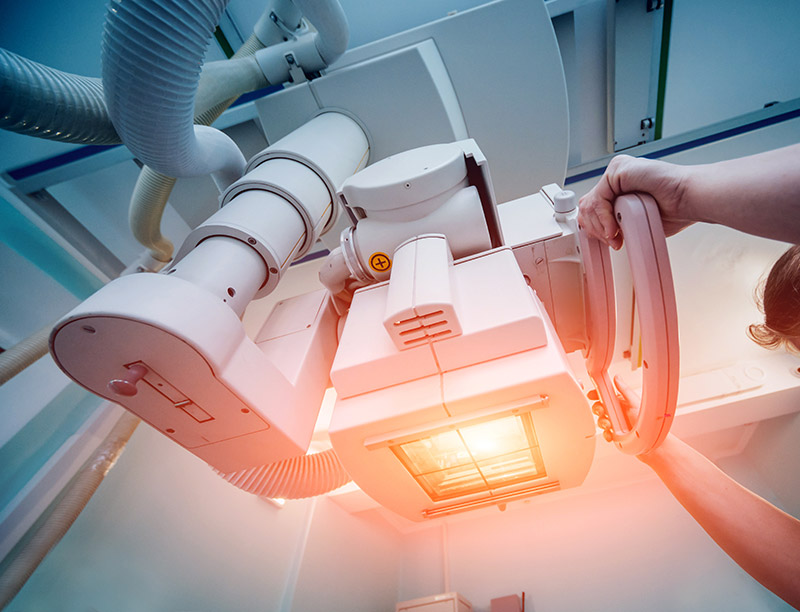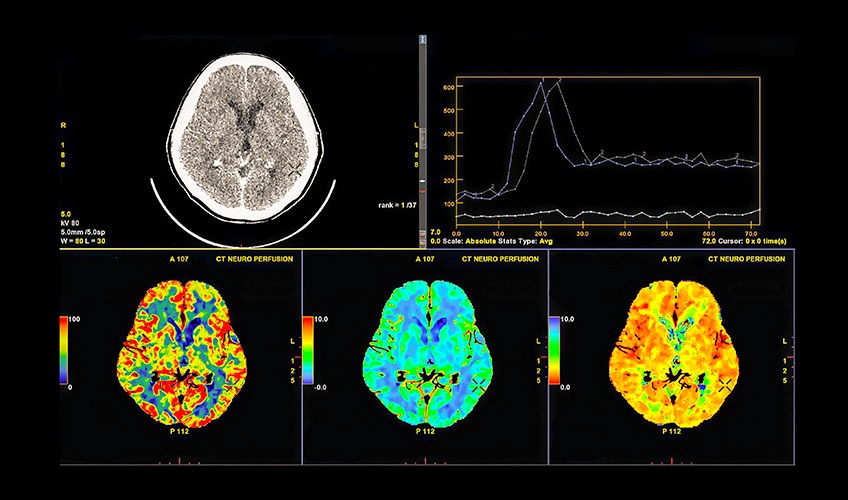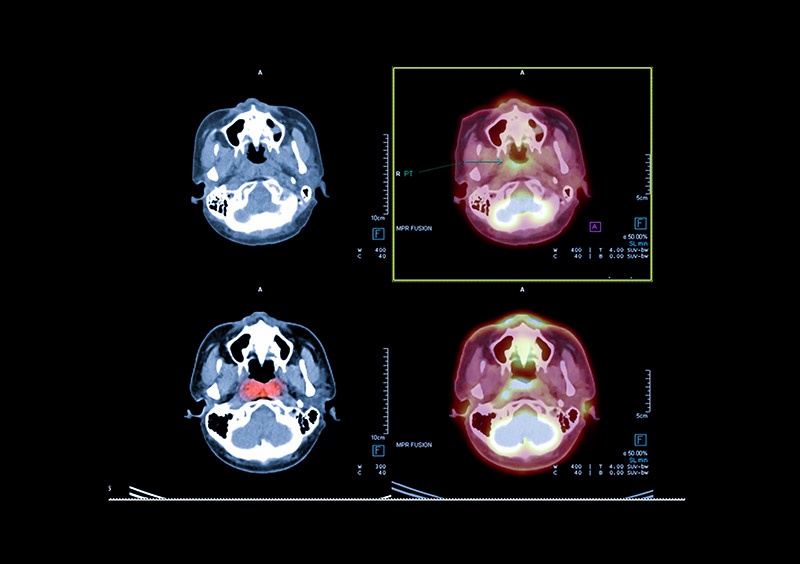Emergency Imaging Services (or Emergency Radiology Services) refer to any medical imaging that occurs in the ER to diagnose illness or injury. These services include X-rays, CT scans, MRIs and ultrasounds. Who performs these imaging services? Rad Techs! Next week is National Rad Tech Week, and last year we celebrated with a blog that introduced some of our amazing Rad Techs at Neighbors. This year, we thought we’d celebrate by digging further into what these Rad Techs do, the types of imaging exams they perform, and why it’s beneficial to go to a Freestanding ER (like Neighbors) for these services.

Rad Techs Explained
Rad Techs (or Radiology Technicians) help physicians to diagnose and treat illness and injuries by operating diagnostic imaging machines. For example, say you had an accident and now have pain in your ribs. Your doctor will likely order an X-ray to see if you’ve broken a rib.
The Rad Tech is the person who would prepare you and the X-ray machine for the examination, operate the equipment to take the images, and then work with the physician to evaluate the images and determine if additional exams are needed. Rad Techs are required to have a minimum of an associate’s degree and are certified by the American Registry of Radiologic Technologists. Many specialize in one particular area of imaging.
Types of Imaging Services
There are many types of imaging tests that all work differently. Some use radiation while others use sound waves, radio waves, or magnets. It’s helpful to know how each test is performed so that you can properly plan with your doctor which test is best for you.

X-Ray
X-rays are images taken with beams of high-energy electromagnetic radiation. The beams are absorbed in various amounts within your body based on density. For example, bone will appear white on an x-ray, differentiating it from other parts of the body, which will appear grey or black. This helps to identify abnormalities in your body.
X-rays are primarily used to diagnose bone issues such as bone fractures, arthritis, osteoporosis, and bone cancer, but can also help illuminate other illnesses such as lung infections, congestive heart failure, blood blockages, ingested items, and digestive tract problems. While it may sound scary that X-rays use radiation, these tests use only a very small dose of radiation equivalent to the amount you’d be exposed to by flying in an airplane across the country.

CT Scan
CT (computerized tomography) scans combine a series of X-ray images taken from various angles of your body and computer processing to create cross-sectional images called “slices” of bones, blood vessels, and soft tissues inside your body. Simply put, CT scans show a much more detailed image than a regular X-ray.
The level of detail of a CT scan is important because it shows more than just bones and higher-density masses; it also shows soft tissue and organs. This means the CT scan can help diagnose diseases like cancer or heart disease, as well as any other organ disease or injury. CT scans can even detect internal bleeding and blood clots. The CT scan can be done in less than a minute, which is really important in emergency situations.
CT scans use a higher dose of radiation than X-rays, but doctors are able to tailor the dose necessary depending on the patient’s size and the area of examination. For example, a chest scan requires less radiation than a stomach scan. However, the standard dose of radiation used for a CT scan is still quite low and should not deter patients from getting it.

MRI
MRIs work very differently from X-rays and CT scans. Rather than using radiation beams, MRIs use magnets and radio waves to disturb atoms in the water molecules within your body tissues. When the radio waves are turned off, energy is released from the atoms, which is detected by the MRI machine and depicted in 3D images. MRIs are useful for examining soft tissue, such as muscles, tendons, and blood vessels rather than bones.

Ultrasound
An ultrasound is an exam that uses high-frequency sound waves (rather than radiation beams) to create an image of organs, tissues, and other structures within the body. The image created by an ultrasound is called a sonogram and is created in real-time.
Ultrasounds don’t use radiation and are therefore safe for use on pregnant women to monitor the mother’s and baby’s health. Ultrasounds are used to view the uterus, ovaries, and fetus during pregnancy, but can also examine lumps in breasts, evaluate the thyroid, check for vein blockages, and more. Ultrasounds are not able to examine areas that are gassy or hidden by bone, such as the lungs or head.

Other Imaging
Some other types of imaging are nuclear scans, or PET (Positron Emission Tomography) scans. Both of these types of imaging use a small amount of a radioactive drug called ‘tracers’ to produce a three-dimensional image of body functions. PET scans are often used to assess cancer or risk of cancer, but also can be used to evaluate the brain for brain tumors, memory disorders, or seizure disorders. It can also evaluate blood flow to the heart, and heart disease.
Nuclear scans also use tracers to produce images that can be either two-dimensional or three-dimensional. These scans are sometimes combined with CT scans and are commonly used to diagnose tumors; blood flow; heart, lung, and other organ function; and infections.
Benefits of Imaging at an ER
When you’re in an emergency situation, you don’t have time to wait in a busy hospital waiting room. You need care immediately. Any of the scans used above can help the doctor diagnose your condition and get you on the path to recovery quickly. Freestanding emergency rooms like Neighbors offer many of these imaging services without the wait time.
At Neighbors Emergency Centers, our radiology technicians are on-site 24/7, providing diagnostic imaging services via onsite ultrasound, X-ray, and CT scan. Located right down the road, your Best Neighbors Ever are open 24/7/365, providing extraordinary care and making lives better all day, every day.

Back to Blog